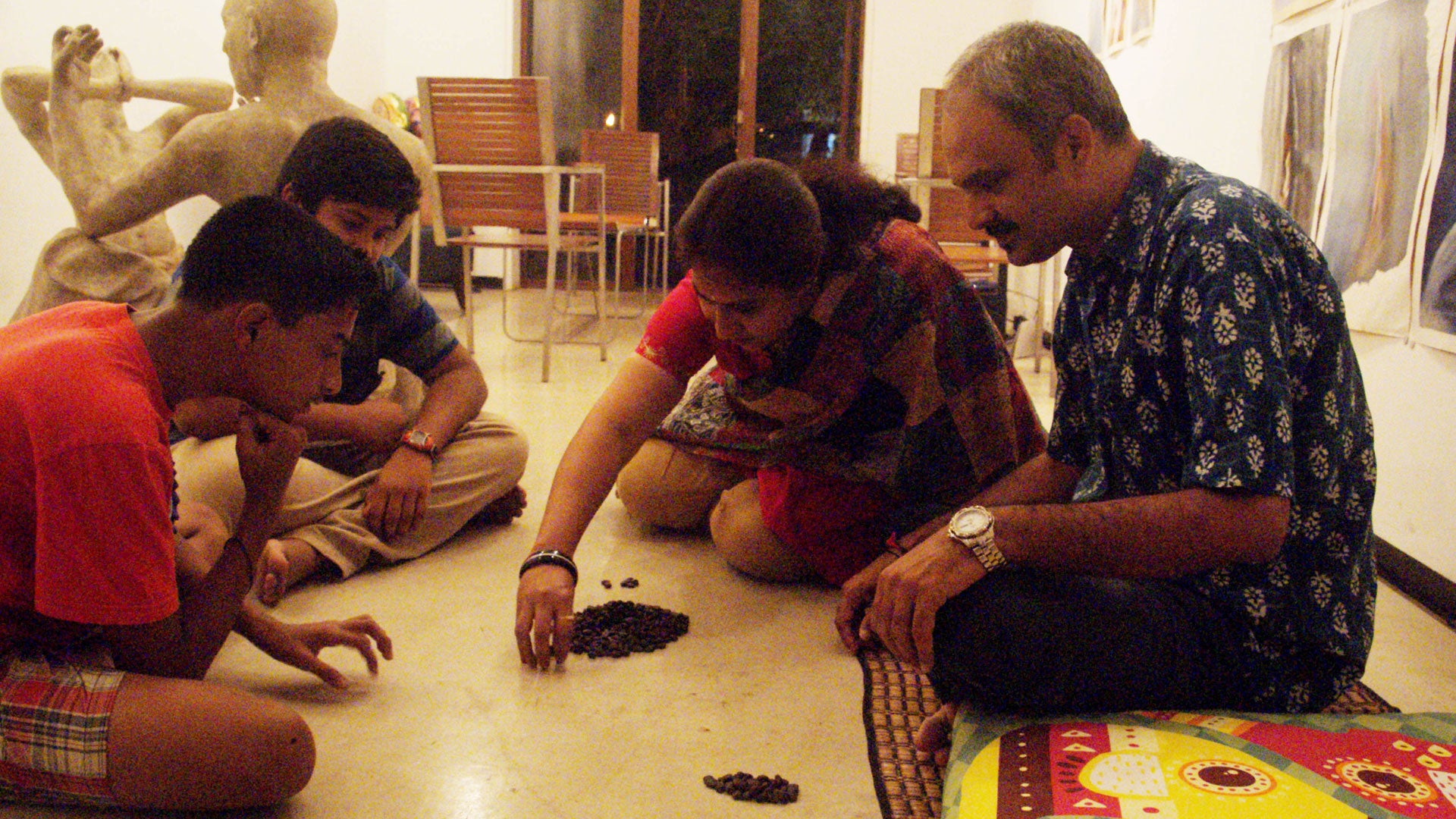
TIME TO PLAY
In the year 1793, Harikrishna son of Venkatram, born in Aurangabad in South Maharashtra concluded his book Kreedakausalyam in which he describes the famous games of his time. He says, and I paraphrase :
I hereby describe the organisation, structure and rules of this ancient shastra, the reason being that …. scholars do not study them. In this book there is a description of several board games; the intention of this shastra being that people will enhance their brain power by studying them.
Almost 250 years later, the fact remains that the time for games and play is slowly disappearing from our lives. Traditionally, everyone played – adults and children alike. While the games might have been different, and the time of play might have varied based on age and occupation, play was universal.
To quote the memory of a senior citizen,
My remembrance is that sixty-seventy years ago much of the recreation and fun was within large undivided families. Games that were popular were the dayakattam. The kattam was drawn on the ground. Competition was fierce and noisy. Participation cut across generations and sometimes neighbours would join in. Others would be active spectators encouraging one side or the other. Over week-ends this would be a long session extending to a good 4-5 hours.
With the breakdown of the joint family, the advent of television and rising media penetration bringing the magic of the entire world into our homes, our ideas of leisure and pastime have changed. Increasing workload and an increasing number of families with two working parents has resulted over the years in adults finding little or no time to play.
In the case of children, to quote a teacher
There are no backyards anymore, or large verandas …. and the children go from the confinement of the classroom to the confinement of the tuition room or are bundled off to practice another competitive sport.
According to Bryan Jeffrey Kramer, an American businessman, whose area of experience and expertise is marketing with a focus on human to human communication:
A shared experience is exactly what it sounds like: seeing, hearing, or doing the same thing as someone else. Although it’s a simple concept, shared experiences are powerful because they bring people together and have a deep impact on human socialization because they enhance each person’s individual experience.
Swami Vivekananda has said the same thing when he differentiated between Contact and Connection:
Connection is between heart and heart… Sitting together, sharing meals and caring for each other, touching, shaking hands, having eye contact, spending some time together… In short shared experiences.
Perhaps the time has come for us to start playing our traditional games again.
Let us Kreeda today!
0 Comments
